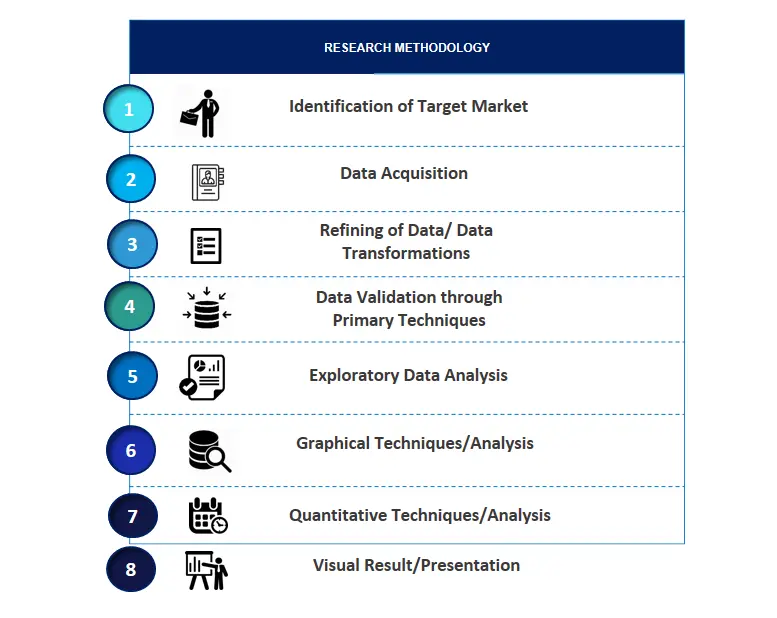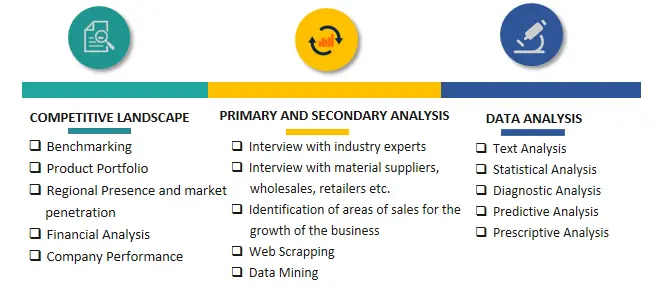
Flying Car Market Size, Trends, Growth Drivers, CAGR Status, Revenue, Demand and Future Outlook
Flying Car Market Size- By Product, By Capacity- Regional Outlook, Competitive Strategies and Segment Forecast to 2034
| Published: Jan-2025 | Report ID: AMIN2505 | Pages: 1 - 246 | Formats*: |
| Category : Automotive & Transportation | |||


- The first four-seater flying car, AM NEXT, was introduced by AeroMobil in March 2022. This vehicle uses the same engineering that underpinned the earlier AM 4.0, a two-seater model. According to the corporation, AM NEXT will be a fleet airborne ride-hailing service that debuts in 2027. Additionally, the flying car will have a 100–150-mile range.
- Volocopter declared in October 2022 that they had successfully completed the first eVTOL test flight in Italian airspace at Leonardo da Vinci International Airport with passengers on board. This test marks a significant step toward the 2024 debut of advanced air mobility (AAM) services in Rome.
| Report Metric | Details |
| Market size available for years | 2021-2034 |
| Base year considered | 2024 |
| Forecast period | 2025-2034 |
| Segments covered | By Product, By Capacity. |
| Regions covered | North America, Latin America, Asia-Pacific, Europe, and Middle East & Africa. |
| Companies Covered | Volocopter GmbH, A³ by Airbus, Aero Mobil, Cartivator, Terrafugia, Joby Aviation, Lilium, Uber Technologies Inc, EHANG. |
- Global Flying Car Market Size (FY’2021-FY’2034)
- Overview of Global Flying Car Market
- Segmentation of Global Flying Car Market By Product (Flying Cars and Passenger Drones)
- Segmentation of Global Flying Car Market By Capacity (2-Person Sitter, 3 and 4-Person Sitter, 5-Person Sitter)
- Statistical Snap of Global Flying Car Market
- Expansion Analysis of Global Flying Car Market
- Problems and Obstacles in Global Flying Car Market
- Competitive Landscape in the Global Flying Car Market
- Details on Current Investment in Global Flying Car Market
- Competitive Analysis of Global Flying Car Market
- Prominent Players in the Global Flying Car Market
- SWOT Analysis of Global Flying Car Market
- Global Flying Car Market Future Outlook and Projections (FY’2025-FY’2034)
- Recommendations from Analyst
1.1. Scope of the report1.2. Market segment analysis
2.1. Research data source
2.1.1. Secondary Data2.1.2. Primary Data2.1.3. SPERs internal database2.1.4. Premium insight from KOLs
2.2. Market size estimation
2.2.1. Top-down and Bottom-up approach
2.3. Data triangulation
4.1. Driver, Restraint, Opportunity and Challenges analysis
4.1.1. Drivers4.1.2. Restraints4.1.3. Opportunities4.1.4. Challenges
5.1. SWOT Analysis
5.1.1. Strengths5.1.2. Weaknesses5.1.3. Opportunities5.1.4. Threats
5.2. PESTEL Analysis
5.2.1. Political Landscape5.2.2. Economic Landscape5.2.3. Social Landscape5.2.4. Technological Landscape5.2.5. Environmental Landscape5.2.6. Legal Landscape
5.3. PORTERs Five Forces
5.3.1. Bargaining power of suppliers5.3.2. Bargaining power of buyers5.3.3. Threat of Substitute5.3.4. Threat of new entrant5.3.5. Competitive rivalry
5.4. Heat Map Analysis
6.1. Global Flying Car Market Manufacturing Base Distribution, Sales Area, Product Type6.2. Mergers & Acquisitions, Partnerships, Product Launch, and Collaboration in Global Flying Car Market
7.1. Flying Cars7.2. PASSENGER DRONES
8.1. 2-Person Sitter8.2. 3 and 4-Person Sitter8.3. 5-Person Sitter
9.1. Global Flying Care Market Size and Market Share
10.1. Asia-Pacific
10.1.1. Australia10.1.2. China10.1.3. India10.1.4. Japan10.1.5. South Korea
10.1.6. Rest of Asia-Pacific
10.2. Europe10.2.1. France10.2.2. Germany10.2.3. Italy10.2.4. Spain10.2.5. United Kingdom10.2.6. Rest of Europe
10.3. Middle East and Africa
10.3.1. Kingdom of Saudi Arabia10.3.2. United Arab Emirates10.3.3. Qatar10.3.4. South Africa10.3.5. Egypt10.3.6. Morocco10.3.7. Nigeria10.3.8. Rest of Middle-East and Africa
10.4. North America
10.4.1. Canada10.4.2. Mexico10.4.3. United States
10.5. Latin America
10.5.1. Argentina10.5.2. Brazil10.5.3. Rest of Latin America
11.1. Volocopter GmbH
11.1.1. Company details11.1.2. Financial outlook11.1.3. Product summary11.1.4. Recent developments
11.2. A by Airbus
11.2.1. Company details11.2.2. Financial outlook11.2.3. Product summary11.2.4. Recent developments
11.3. Aero Mobil
11.3.1. Company details11.3.2. Financial outlook11.3.3. Product summary11.3.4. Recent developments
11.4. Cartivator
11.4.1. Company details11.4.2. Financial outlook11.4.3. Product summary11.4.4. Recent developments
11.5. Terrafugia
11.5.1. Company details11.5.2. Financial outlook11.5.3. Product summary11.5.4. Recent developments
11.6. Joby Aviation
11.6.1. Company details11.6.2. Financial outlook11.6.3. Product summary11.6.4. Recent developments
11.7. Lilium
11.7.1. Company details11.7.2. Financial outlook11.7.3. Product summary11.7.4. Recent developments
11.8. Uber Technologies Inc
11.8.1. Company details11.8.2. Financial outlook11.8.3. Product summary11.8.4. Recent developments
11.9. EHANG
11.9.1. Company details11.9.2. Financial outlook11.9.3. Product summary11.9.4. Recent developments
11.10. Others
SPER Market Research’s methodology uses great emphasis on primary research to ensure that the market intelligence insights are up to date, reliable and accurate. Primary interviews are done with players involved in each phase of a supply chain to analyze the market forecasting. The secondary research method is used to help you fully understand how the future markets and the spending patterns look likes.
The report is based on in-depth qualitative and quantitative analysis of the Product Market. The quantitative analysis involves the application of various projection and sampling techniques. The qualitative analysis involves primary interviews, surveys, and vendor briefings. The data gathered as a result of these processes are validated through experts opinion. Our research methodology entails an ideal mixture of primary and secondary initiatives.



Frequently Asked Questions About This Report
PLACE AN ORDER
Year End Discount
Sample Report
Pre-Purchase Inquiry
NEED CUSTOMIZATION?
Request CustomizationCALL OR EMAIL US
100% Secure Payment






Related Reports
Our Global Clients
Our data-driven insights have influenced the strategy of 200+ reputed companies across the globe.






















